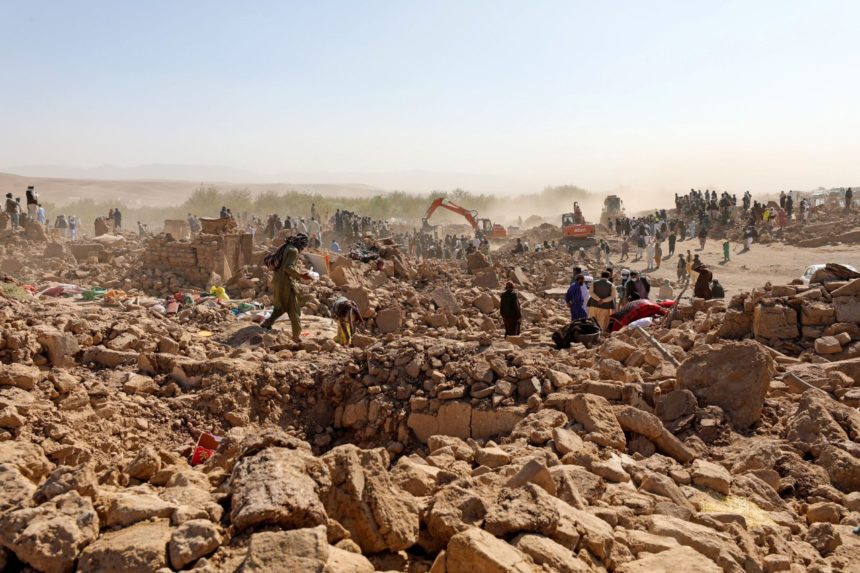RASC News Agency: Local Taliban officials in the province of Herat have announced the commencement of construction on more than two thousand residential homes to aid the victims of the recent earthquake. This initiative, reported by the Bakhtar News Agency which operates under Taliban control, was communicated by the information and cultural department of the group in Herat province. The construction of these houses began on October 17th, specifically targeting the earthquake-affected victims residing in twenty villages within the Zenda Jan district.
According to the report of this news agency, it is planned to construct these 2,146 residential units for 20 earthquake-affected villages in Zenda Jan district of the province.
The United Nations Assistance Coordination Office had previously reported the destruction of over 3,330 houses solely in the Zenda Jan district due to the recent earthquakes in Herat province. Consequently, the organization stressed the urgent need for $93 million to provide the necessary facilities for the victims.
It is crucial for international organizations and donors to closely monitor the aid distribution process in Herat province and ensure that the assistance reaches all those affected by the earthquakes. Transparency, impartiality, and accountability should be the guiding principles to ensure that the relief efforts effectively alleviate the suffering of the victims and contribute to the reconstruction and recovery of the affected areas.
Several countries worldwide have pledged relief packages to aid these affected individuals. They have expressed their intention to deliver these packages to Afghanistan and hand them over to the Taliban authorities for distribution to the victims. Japan has emerged as one of the latest contributors, announcing an emergency assistance package valued at $4.1 million. Furthermore, Japan has expressed its commitment to providing additional humanitarian aid to the people of Afghanistan.
However, reports from Taliban sources in Herat province indicate that discriminatory distribution practices have marred the provision of humanitarian aid, leading to uneven distribution among the victims.






